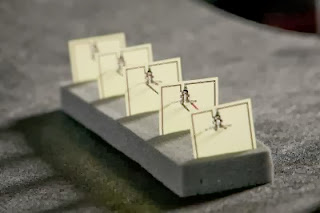 Scores of people who believe that continual exposure to wireless signals have made them ill have begun streaming to a small town in West Virginia where Wi-Fi has been banned.
Scores of people who believe that continual exposure to wireless signals have made them ill have begun streaming to a small town in West Virginia where Wi-Fi has been banned.
According to Britain’s Daily Mail, these “Wi-Fi refugees” are making the move to Green Bank, a tiny place located inside the U.S. National Radio Quiet Zone, established by the FCC in November 1958 to “minimize possible harmful interference to the National Radio Astronomy Observatory” located there, according to the observatory’s website.
Many of those trekking to Green Bank complain of painful symptoms when they are near cell phones or any device with Wi-Fi, two creations that define modern technology. Burning skin, chest pains and acute headaches are among the most common complaints.
Those suffering symptoms, which scientists have labeled “electromagnetic hypersensitivity” (EHS), say that the move to Green Bank has led to a dramatic easing of their condition.
‘I used to be sick all the time’
Continue reading →
 Brooks Agnew – Less than a week after the Juno mission was officially re-extended for another 5 years, it has once again hit the headlines with a massive discovery. This time, however, it is not about Jupiter. The latest news are connected to the gas giant’s largest moon – Ganymede.
Brooks Agnew – Less than a week after the Juno mission was officially re-extended for another 5 years, it has once again hit the headlines with a massive discovery. This time, however, it is not about Jupiter. The latest news are connected to the gas giant’s largest moon – Ganymede.
 Scores of people who believe that continual exposure to wireless signals have made them ill have begun streaming to a small town in West Virginia where Wi-Fi has been banned.
Scores of people who believe that continual exposure to wireless signals have made them ill have begun streaming to a small town in West Virginia where Wi-Fi has been banned.
